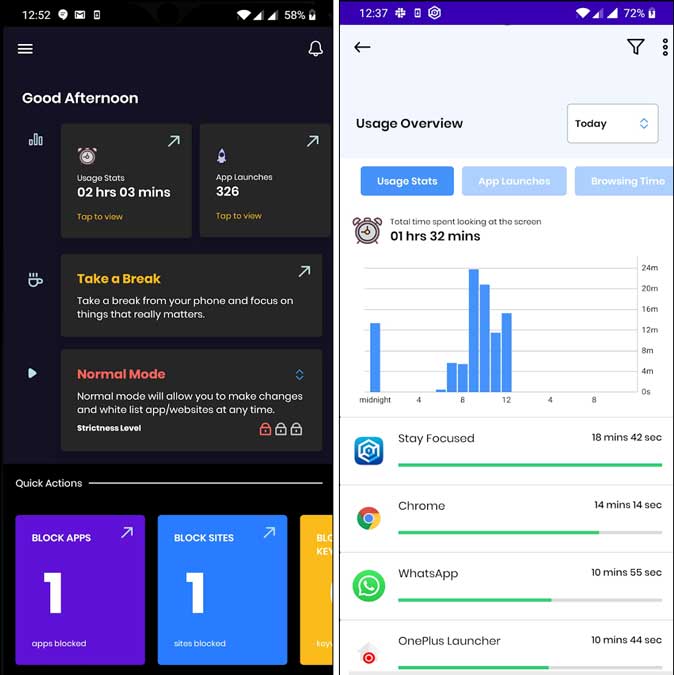
To quickly switch Focus assist on, go to the taskbar and select the battery, network, or volume icon to open the quick settings panel. Select Focus assist and keep selecting it until you land on the option you want: Priority only or Alarms only. Select Customize priority list, and then modify the options to get the notifications you want to see. If you selected Priority only, you can define which notifications are allowed. To see and hear fewer notifications, select either Priority only or Alarms only. Select Start > Settings > System > Focus assist. Choose the notifications you want to see and hear You can also modify the notifications settings to choose which apps display notifications.

The rest of the notifications will go to the notification center where you can see them any time. Turn the switches off for the folders you want to hide.įocus assist allows you to define which notifications you see and hear and when. To select which folders are shown or hidden in the Start menu next to the power button, select Folders, and turn on the switches for the folders you want to see. To show or hide your recently opened items, toggle the Show recently opened items in Start, Jump Lists, and File Explorer switch on or off. To show or hide the apps you use the most, toggle the Show m ost used apps switch on or off. To show or hide recently added apps, toggle the Show recently added apps switch on or off.

To simplify the Start menu, do one or more of the following: Select Start > Settings > Personalization > Start. You can select what to show in the Start menu-keeping distractions at a minimum and finding what you need quickly. The icons with the switches turned off won't show directly on the taskbar-they'll only appear in the taskbar corner overflow menu. Turn on the switches for the icons that you want to see in the taskbar corner. To select which icons can appear in the taskbar corner, select Taskbar corner overflow. Select Taskbar items and Taskbar corner icons to expand those sections and turn off the switches for the items you don't want to see on the taskbar. Select Start > Settings > Personalization > Taskbar. To define how long notifications are shown, expand the Dismiss notifications after this amount of time menu and select the option you want.Ĭhoose which icons appear on the taskbar and reduce the number of items in view. If you don't want Windows to show animations, turn off the Animation effects switch. To make some window backgrounds more opaque, turn off the Transparency effects switch. To automatically hide the scrollbars in Windows, turn off the Always show scrollbars switch. To minimize distractions, do one or more of the following: Select Start > Settings > Accessibility > Visual effects. Stop getting distracted by your phone, make you self-motivated and get more things done.Minimize visual distractions by turning off animations, background images, and more. The sense of achievement and responsibility will encourage you to stay away from your phone, and will help you make better use of your time. By using the app, you can level up and win achievements. If you start the timer and exit the app, the timer will be reset. You will accumulate experience points until you stop the timer. But according to a study from UPenn, social media use actually increases depression and loneliness. We understand, your phone is your life and it’s hard to put down between all of the emails, messages and social media profiles keeping you connected. Learn to put your phone down and focus on the moments that matter the most, like friends and family.

By using PhoneDown, users can motivate themselves to live in the present, be productive, and stay focused.īreak your screen and social media addiction through small habit tweaks with PhoneDown. In this day and age, phone usage constantly distracts us and fragments our attention. PhoneDown is an interesting way to help you beat phone addiction and overcome distraction, so you can focus on working or studying or just live in the present.


 0 kommentar(er)
0 kommentar(er)
